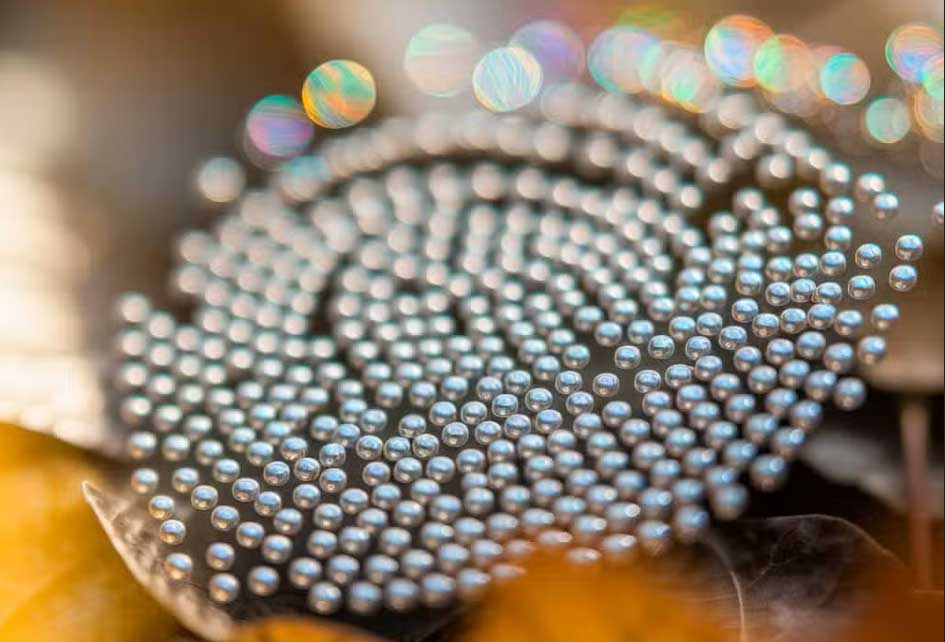International researchers discover that different-sized plastic beads generate electricity through friction. Is a battery-free energy source possible?
Have you ever rubbed a balloon on your hair and watched it magically stick to the wall? This fun game has become the inspiration for a potential energy revolution for a team of international scientists. Using the same principle of static electricity that called triboelectricity, researchers in Belgium, Australia, and Hong Kong have developed a surprisingly simple electricity generation system based on nanometer-sized plastic beads. Triboelectricity, generated by friction when two surfaces rub or separate, is hardly a recent discovery. Innovative thing is how these scientists have managed to optimize it to create a “triboelectric nanogenerator” (TENG) that could finally offer a viable alternative to batteries for low-power devices like wearables and medical sensors.
The real innovation of this study is: by mixing plastic beads of different sizes, the larger ones naturally tend to acquire a negative charge, while the smaller ones become positively charged. Diversity generates energy, instead of creating problems.
Scientists have created nanosized beads of melamine e formaldehyde (a plastic resin) and arranged them strategically: the smaller ones on one side of a thin film and the larger ones on the other. This configuration allowed them to obtain a higher electricity production than could be generated with other triboelectric methods.
It should be noted that the energy produced is still measured in nanoAmperes, so don’t expect to power a refrigerator with this system. However it could be the perfect solution for microsensors or wearable devices.
Clean and sustainable energy
This approach offers significant advantages over other triboelectric generation methods. First, The beads are not rubbed directly against each other, which dramatically increases their lifespan. Tests have shown that can survive 10.000 cycles without significantly degrading.
As Ignaas Jimidar of Vrije Universiteit Brussels, lead author of the study declared “Our research shows that small changes in material selection can lead to significant improvements in power generation efficiency. He added: “This opens up new possibilities for triboelectric nanogenerators in everyday life, without depending on traditional energy sources.”
Triboelectricity has already found surprising applications: sensors to detect mercury in food, tree-mounted devices to monitor forest fires, and even special yarns that turn any fabric into a mini power plant. At University of Alabama They even created an inexpensive triboelectric generator using simply double-sided tape and plastic film.
It is not about a replacement for solar or wind energy. However, in a world increasingly populated by small electronic devices, sensors and wearables, this technology could represent a significant breakthrough towards independence from batteries.







